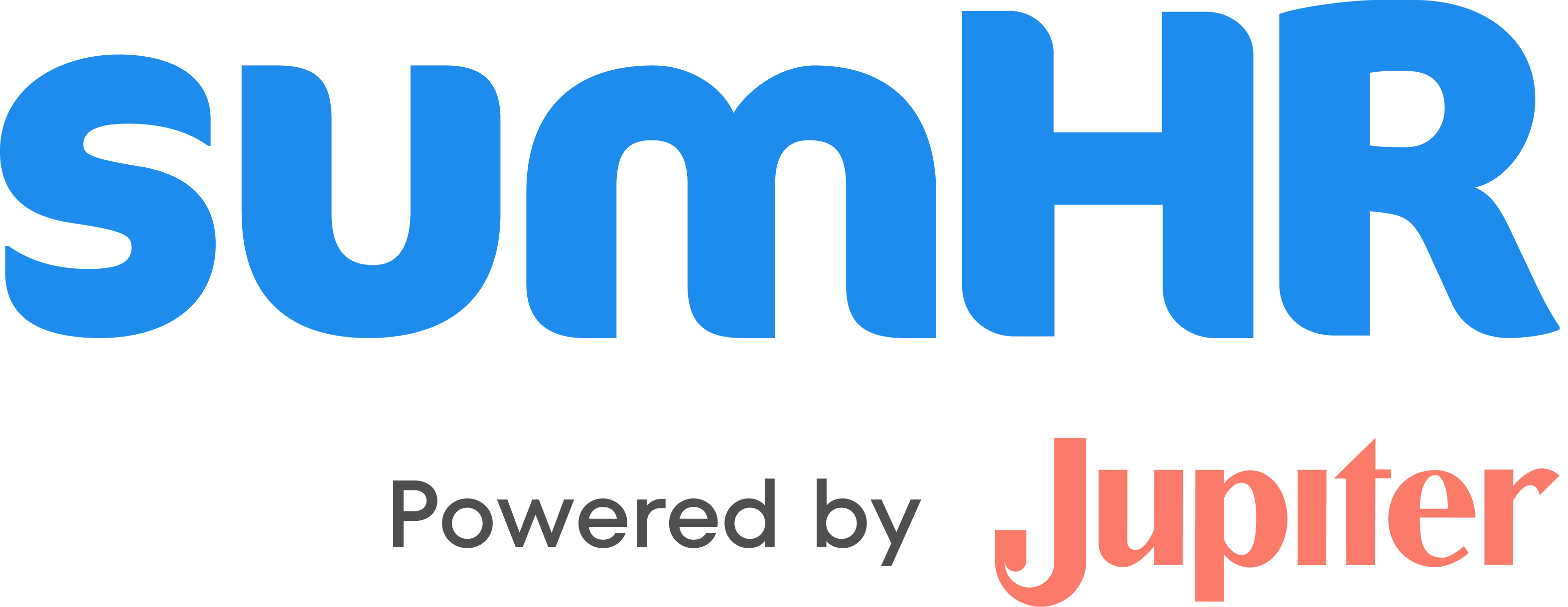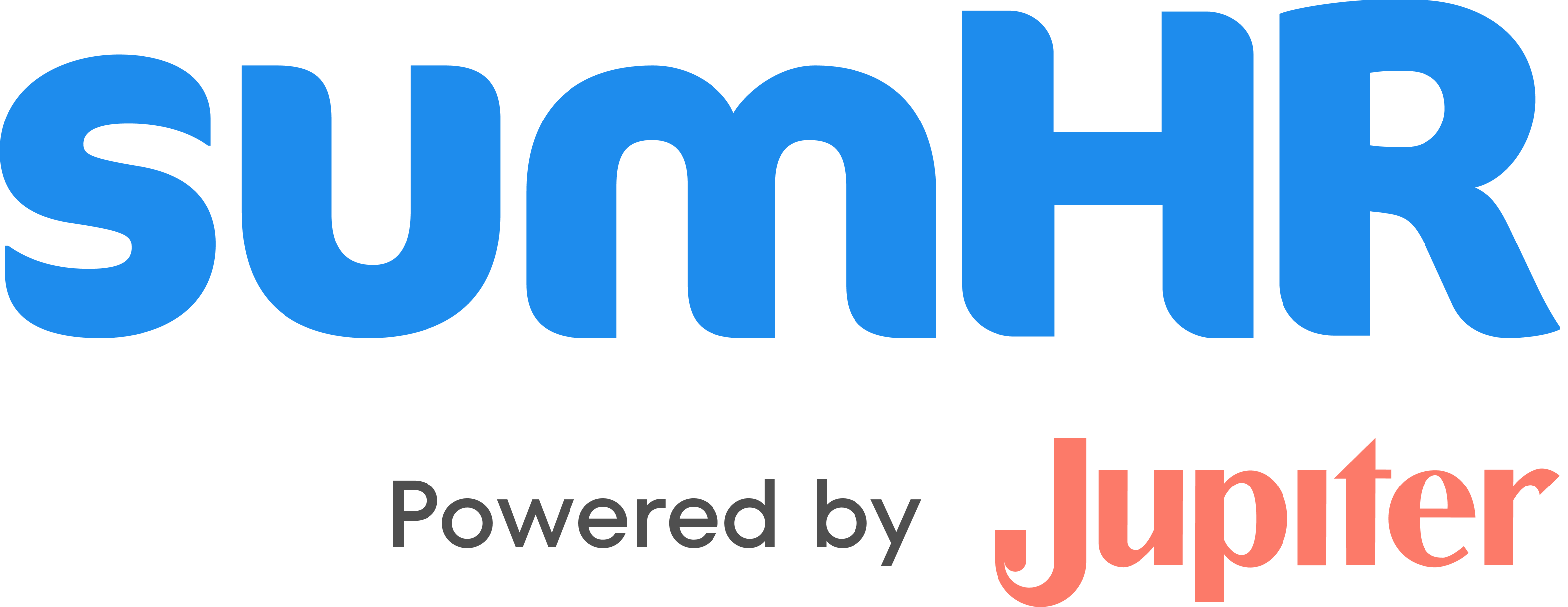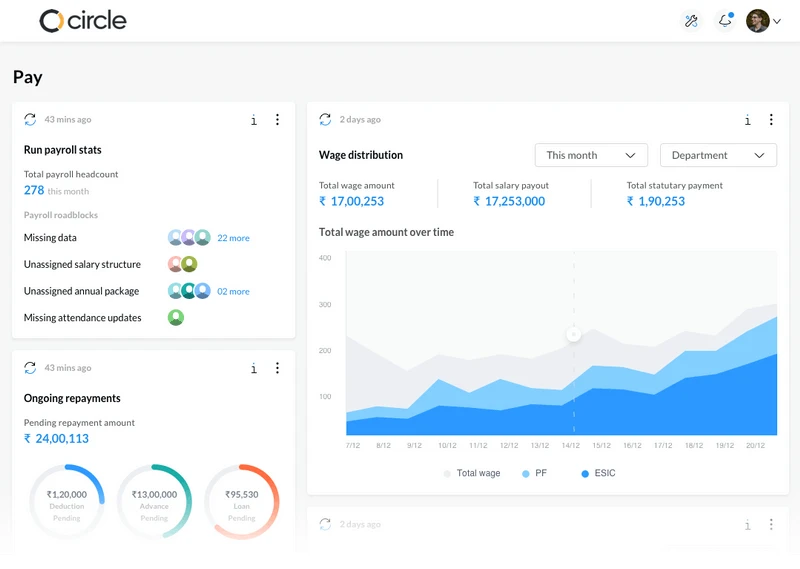“Have to drop my kid off at school, then reach work on time (steering through the never-ending traffic). Such torture! Wish my company let me choose flexible working hours.”
“Been trying to get work done since hours, but it’s difficult to focus with such chatter around. Wish I could work from home in peace.”
“Weekend felt so short, I could barely find time for myself. No wonder, Mondays are so tough to get through. Wish I could take the day off today without having to worry about making up a reasonable excuse to my boss.”
“Keeping up this tedious old-fashioned process makes work so boring. Why can’t I have it my way, the way I’m most comfortable with. How about letting me get creative?”
Sounds familiar? (Of course, it does!) whole big deal about this place we call “office” is to bring people together under one roof and get things done efficiently. So isn’t that what exactly it is, bringing people together? And the most important things that the human species thrives on are relationships, emotions, and interactions. Thus, it’s no wonder why every Monday morning we find ourselves sipping coffee and discussing the weekend escapades, why lunch-time isn’t just about eating food, why every once in a while you hear chit-chat in the next cubicle, and why Fridays are “TGIF”.
We’d be kidding ourselves if we pretend that our interaction needs do not supersede our business needs. Let’s not pretend that we’re doing things efficiently without any need for social interactions. Let’s not pretend that somewhere, sometimes, each one of us wishes for a work-life balance, for “that” balancing act. Let’s accept it and come to a midpoint – workplace flexibility (or flexible working).
So, what exactly is workplace flexibility?
Workplace flexibility can be defined as an arrangement between an employer and employee to efficiently meet individual and business needs by making changes to when, where, and how an person will work. It thus allows both individual and business needs to be met through making changes to the time (when), location (where), and manner (how) in which an employee works. Although, care should be taken that this flexibility be mutually beneficial to both the employer and employee and result in superior outcomes.
Different organizations may follow different types of flexibility. However, it can be broadly classified into two types:
1) Formal: Officially accepted human resources policies, which offer supervisors discretion to provide flexibility.
2) Informal: Unofficial and ‘not written down’ polices available to certain employees, even on a discretionary basis.
The “traditional” workplace scenario
Traditionally, the corporate world has always ticked around the 9-to-5 time frame. A typical worker in the 20th century had to “clock-in” and “clock-out” at sharp times or bear the brunt of wage cuts. Workers were paid weekly wages based on the hours they worked while the more professional roles were paid monthly salaries. Yes, there may be genuine organization requirements back then and now too, which demand punctuality in office. Nevertheless, employers mostly cared for the amount of work done, duration of work, productivity, profit gained and yes, often than not, the quality of work done. Simply put, the workplace was structured around the Fordist paradigm. It was designed for the “product” not for the “makers” of the product.
Time to get flexible
However, we’re in the 21st century now, and like everything else, the world is seeing a shift in mindset when it comes to HR policies. Employees are now more aware of their rights and liberties, and so are organizations becoming more considerate towards their human resources and employees. The usual 9-to-5 grind is becoming less stringent and more accommodating. Now is the time of flex, flexible work arrangements, flexplace, telecommuting, etc. It’s time to view productivity not by the hours of work done but by the quality of work done. It’s time to view not how disciplined the organization is but how well it communicates with its teams. It’s more about how the organization schedules its workday and most importantly how it views employee results and productivity.
Gradually, organizations world over are becoming more relaxed towards working hours, and the staff are less supervised and more trusted to set their own rules and work in the way they feel is most suitable for their own productivity. The hierarchical pyramid is now getting replaced by linear managerial structures, where each individual, irrespective of age, gender, status, or experience is valued and treated equally. Of course, every employee is still expected to be judicious and reasonable in enjoying these workplace flexibilities.
Now comes a question of why is there so much weight on flexible work options? Why is there such an outcry over flexi timings? Why an increasing number of people rank workplace flexibility over promotions and a high salary pay? Well, the answer is simple. Bonded labor is for animals. Humans are social beings, so we might as well treat them like one.
Facts about flexible working
Philosophical statements are better proved than said, right? So here are some facts about flexible working that’ll shed some light on the cultural shifts and changing idiosyncrasies of workplace etiquette and how “flex” is the new black.
1) A research found that in 1990 the United States had the sixth-highest share of women in the work force among 22 developed countries, with 74 percent of those women in the age group of 25 to 54. However, by 2010, the share of working women in America dropped to 17th place, with slightly more than 75 percent of women working compared to 80 percent as the average around the world. A prediction estimated that American women’s participation would have been 82 percent if they had access to the other countries’ policies, which include a right to part-time work.
2) Several major companies, including P&G, Mahindra & Mahindra, Citi, PwC, HSBC, and IBM, are already using flexible work arrangements as a tool for retention and motivation. “Based on employee feedback, it is clear that there is increasing demand for flexi work arrangements,” said Rajeev Dubey, president of Group HR at Mahindra & Mahindra.
3) A new WorldatWork study, Survey on Workplace Flexibility, revealed that while a vast majority (98%) of U.S. employers offer at least one workplace flexibility program, most (nearly 60%) use an informal approach, i.e., no written policies or forms, up to manager discretion, etc., and four out of 10 say flexibility is culturally embedded. The study found that a stronger culture of flexibility is correlated with a lower voluntary turnover rate.
4) Euro RSCG Worldwide has ranked the Always-Ticking Millennial as one of the top trends of 2012, which predicts that the Generation Y (which we call millennials) will upend the traditional workday, as the digital generation works anywhere, anytime. Look for the coming few months to be the beginning of an era in which notions of time are divided differently, especially when we all know work nowadays is a 24/7/365 proposition. All hands on deck, but at different times.
5) According to sources, Citi India, which offers flexible work arrangements through the programme ‘Citi Work Strategies’ (CWS), has received enthusiastic response from the employees.
6) One study shows that businesses are more open to the idea of allowing employees, especially the millennials, to work odd hours, telecommute, and otherwise tweak the typical 9-to-5 slot.
Laws on flexible working
There have been a number of laws passed worldwide that have directly or indirectly addressed challenges faced by employees and employers with regards to regulations related to working hours. Here are a few notable ones:1. The United Kingdom’s Flexible Working Act2. The Family and Medical Leave Act (FMLA)3. California Paid Leave Law4. Vermont “Equal Pay” Law5. Australia’s “Fair Work” Act
Flexible working and ‘employer’ benefit
Having mentioned the facts and laws about flexible working, one aspect that lands a company the “best workplace” title is its open-minded, no-nonsense culture which is conducive to individual growth and also encourages and motivates employees to voice their opinions, thereby, giving them a fair share of consideration. Companies need to figure out a good way to catch the pulse of their workforce and understand what ticks and what doesn’t.
Flexible work options go a long way in reducing employee absences and turnover, both of which would otherwise, leave big holes in an employer’s pocket, leading to lost productivity and extensive re-hiring costs.
An estimated $11 billion is lost annually due to employee turnover. Research shows that people are more productive and less stressed when they have control over the hours they work. Job sharing is on the increase and it involves two people sharing one full-time job or two employees sharing an aspect of a job. “Work from home” is now the new buzzword, since most of the work that can be done by email, can be done right from the comfort of your home.
Conclusion
All these factors bring us to one conclusion: An urgent need for the new-age organizations to realize the importance of “work-life balance” for an employee and make it part of their official and cultural work code. This means, organizations should enable an employee to do his/her job efficiently, but not force it down on them with time constraints. They need to acknowledge that employees have choices and responsibilities outside of work too, which often play a big role in their day-to-day productivity.
Organizations now need to have an open mindset regarding assignment of tasks, and look at an employee’s contributions in terms of quality of performance instead of parameters, such as the amount of hours spent glued to the desk.
Let’s become more flexible in letting employees decide when, where, and how they prefer working! Let’s not treat employees like school children and make them sit at a desk all day. Instead, let’s create an inspiring, accommodating, and empathetic work culture, which values an employee’s personality and induces a healthy work environment.
Once you understand this and implement such policies, especially the ones on flexible working, see how your productivity shoots up and watch your employee turnover rates hit the ground. I welcome your thoughts, opinions, and solutions of doing this efficiently.








